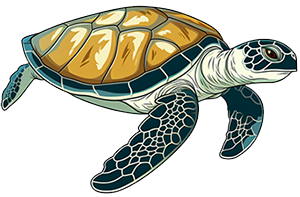Category: Anatomy
-
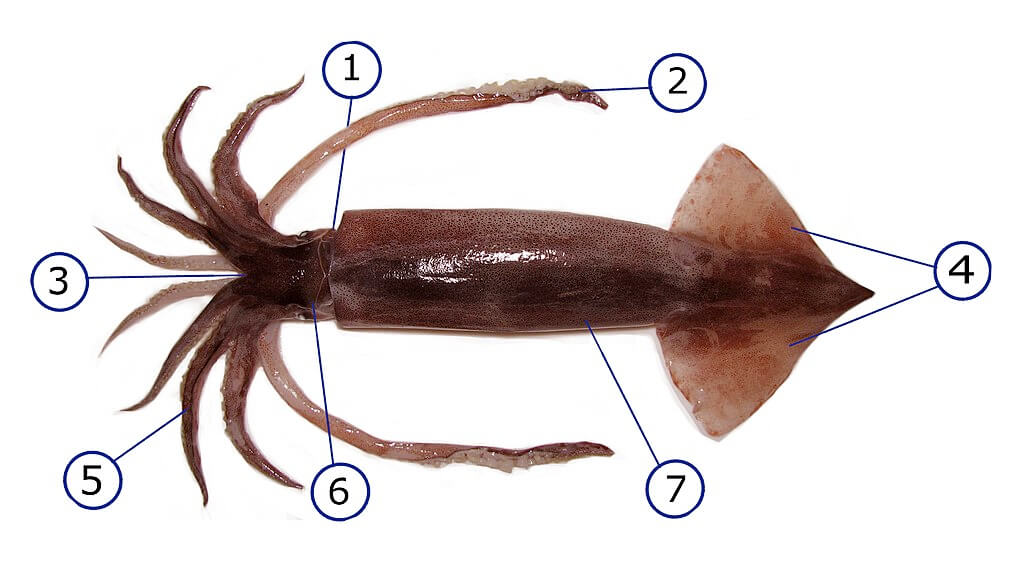
Exploring the Anatomy of a Squid
Explore internal and external anatomy of the squid with this hands-on guide perfect for educators and students, with detailed instructions and images.
-
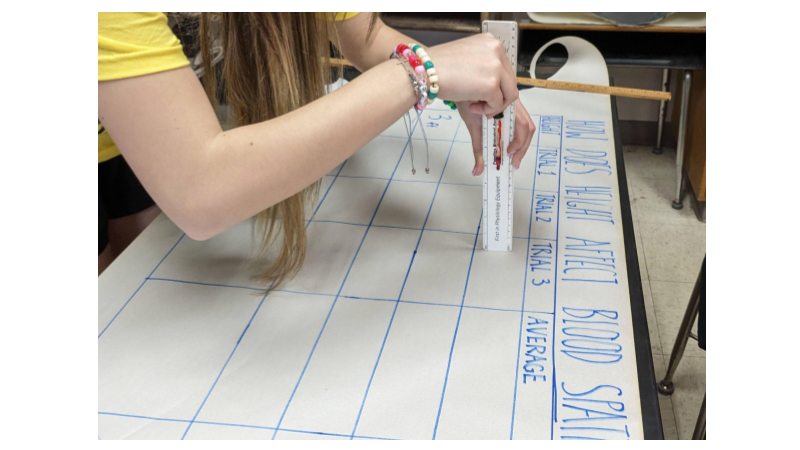
Forensics Lab on Blood Spatter
Explore forensics with this lab on blood stain analysis. Use fake blood to determine how height affects the diameter of the stain
-
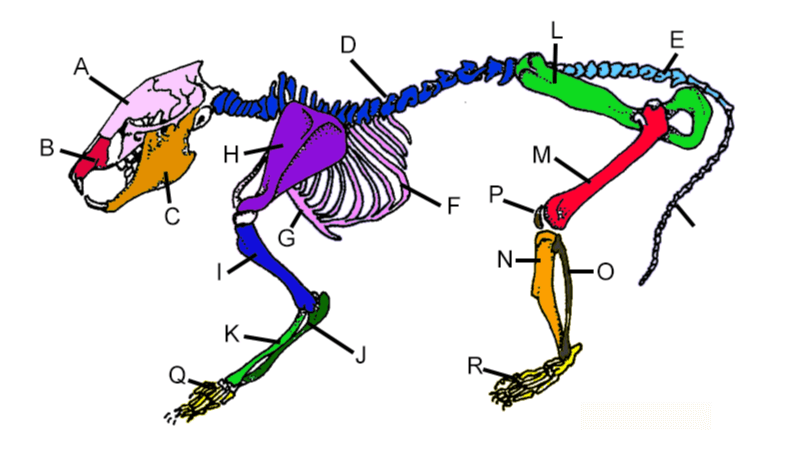
Explore the Skeleton of the Rat with Coloring
Students learn the skeletal system by coloring a diagram of a rat skeleton. Worksheet includes descriptions and locations of each of the bones of the skeleton. The rat skeleton is similar to the human skeleton!
-
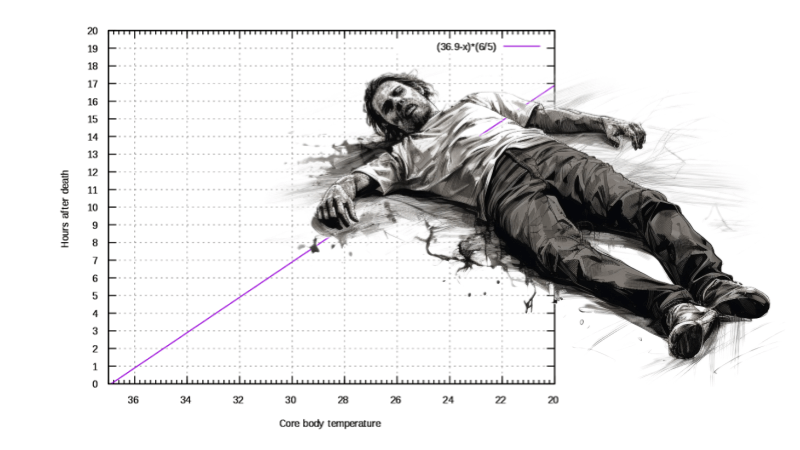
Forensic Activity – Calculating Time of Death
Student activity on forensics where time of death is calculated with an equation or graph.
-
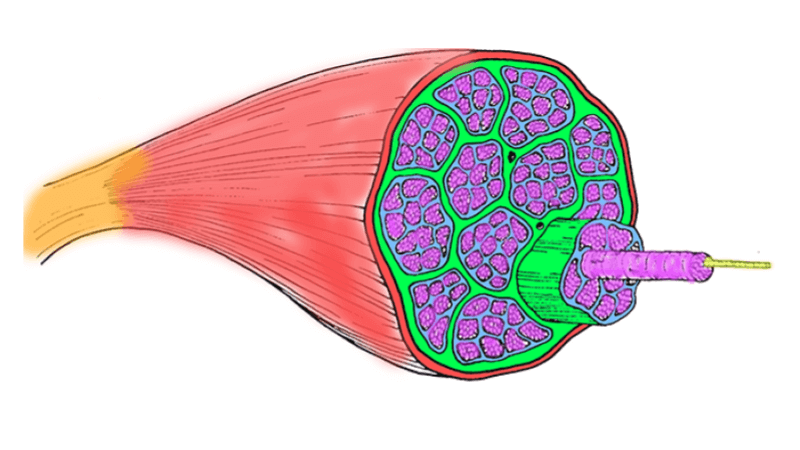
Muscle Anatomy and Coloring
Students practice naming parts of the muscle by matching terms to definitions and coloring a muscle.
-
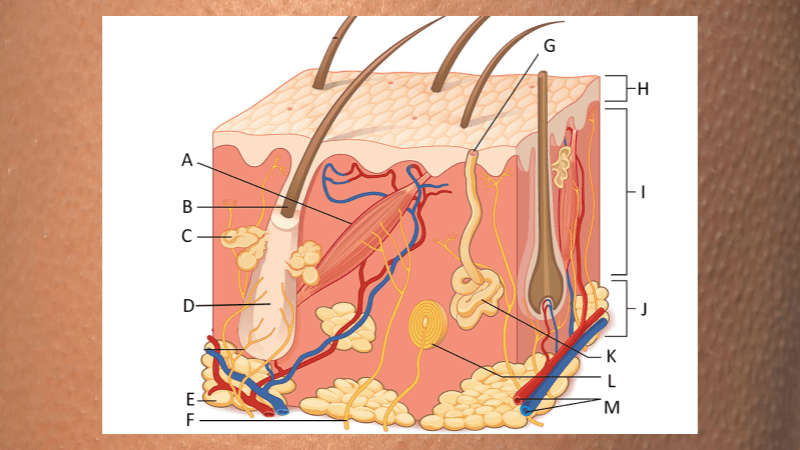
What Causes Goosebumps? – Anatomy of Skin
Students label an image showing the cross section of skin. Text explains what each structure does and focuses on the phenomenon of goosebumps.
-
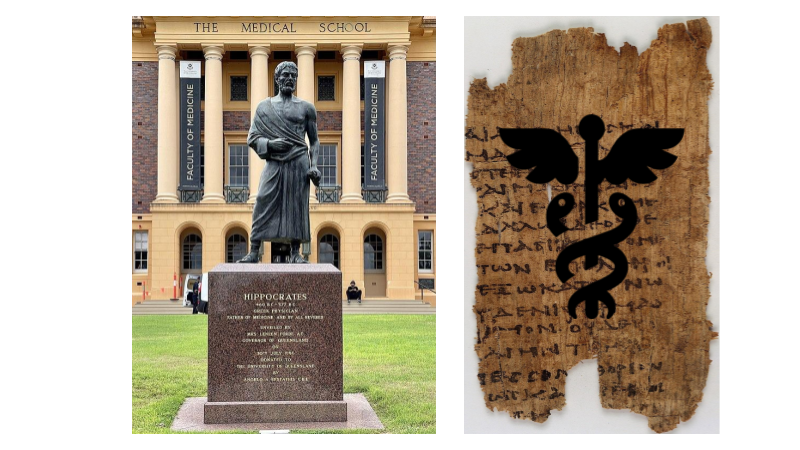
Hippocratic Oath for Anatomy Students
Students read the Hippocratic oath and rewrite the tenants in a simpler form. Working in groups, they discuss each tenant.
-
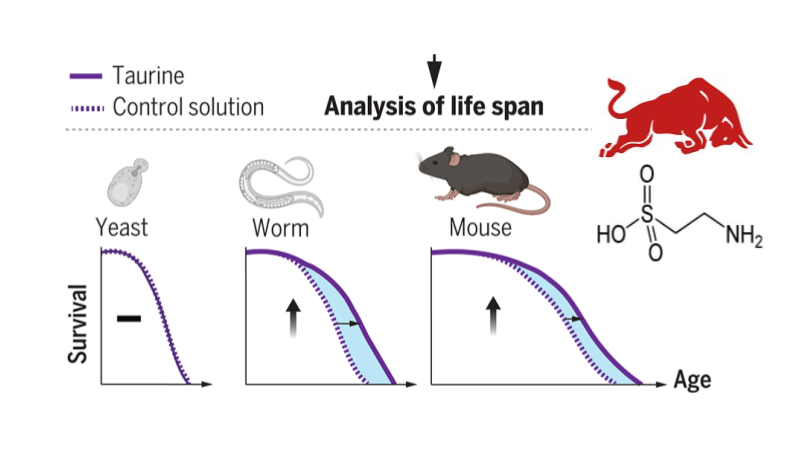
Interpreting Diagrams – Taurine and Aging (CER)
Students analyze a graph showing the effects of the amino acid taurine on aging. The data is from a primary source. Identify claim, evidence and reasoning.
-
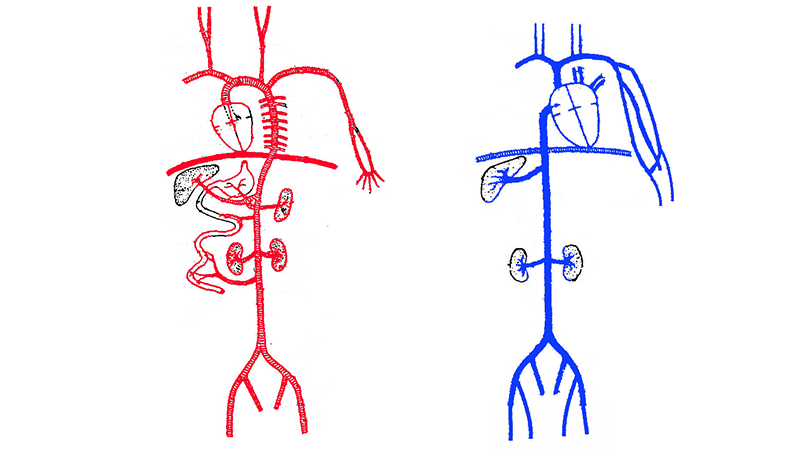
Label the Arteries and Veins of the Circulatory System
Students label a basic drawing of the arteries and veins using a word list. Students are encouraged to mentally map the vessels rather than memorize drawings.
-
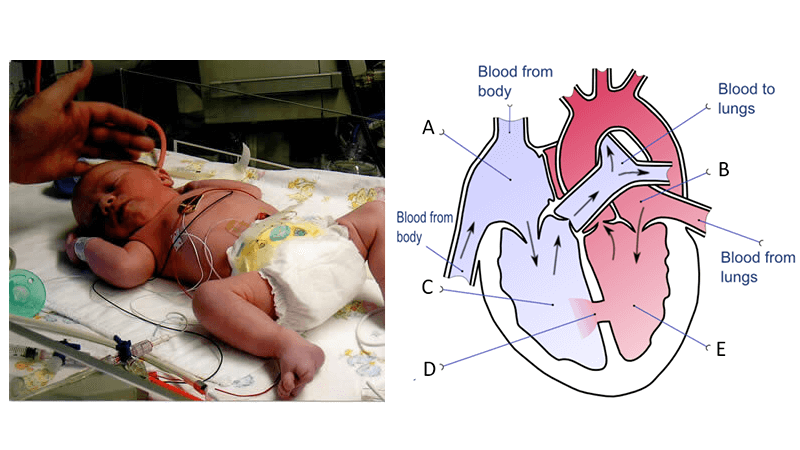
Updated Case – A Tiny Heart (Ross Procedure)
Case study exploring a heart defect in a newborn. Baby Lucas first undergoes balloon dilation to improve blood flow and later has his valve replaced.
-
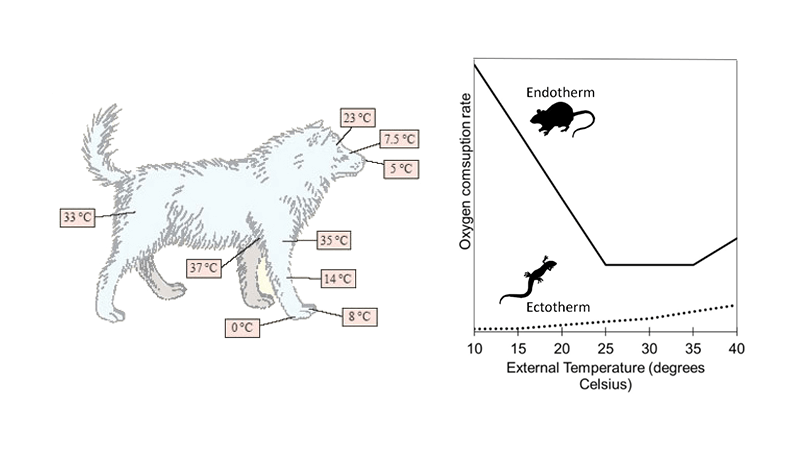
How do Mammals Maintain Their Temperature (CER)
Students examine graphs and images to develop an understanding of how mammals maintain their body temperatures compared to ectothermic animals.
-
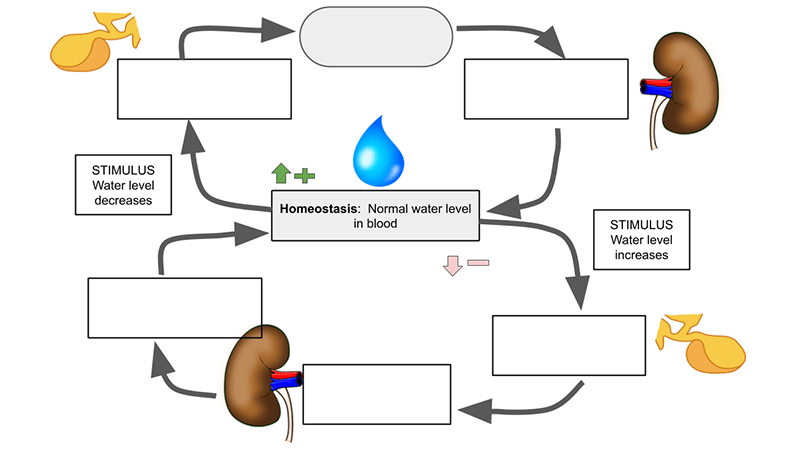
Practice Feedback Loops of the Endocrine System
This exercise shows three feedback loops of the endocrine system where students complete the diagram. Focus is on insulin, antidiuretic hormone, and calcitonin.
-
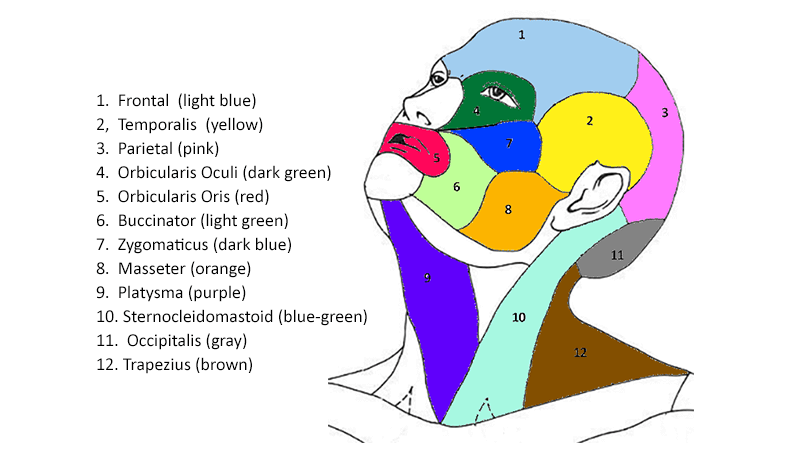
Color the Muscles of the Head and Neck
Students practice naming the muscles of the head with this simple coloring worksheet. Image shows the major superficial muscles with numbers.
-
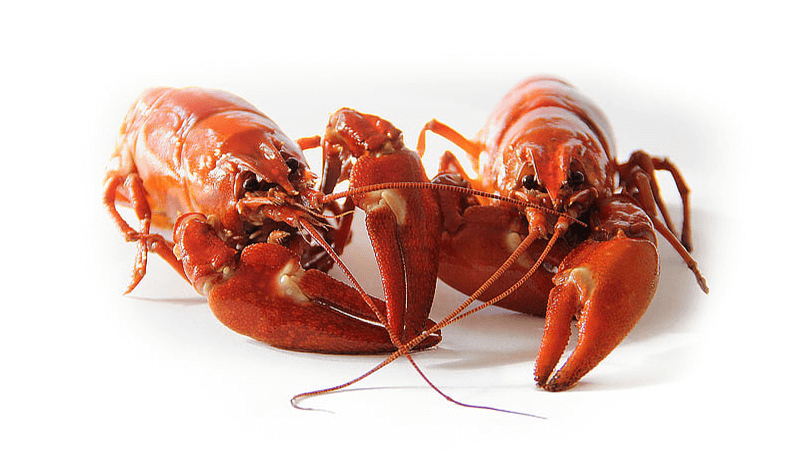
Investigation: Explore the Anatomy of a Crayfish
Students examine the external anatomy of a crayfish, focusing on the body plan, mouthparts, and the appendages. Includes instructions and labeling.
-
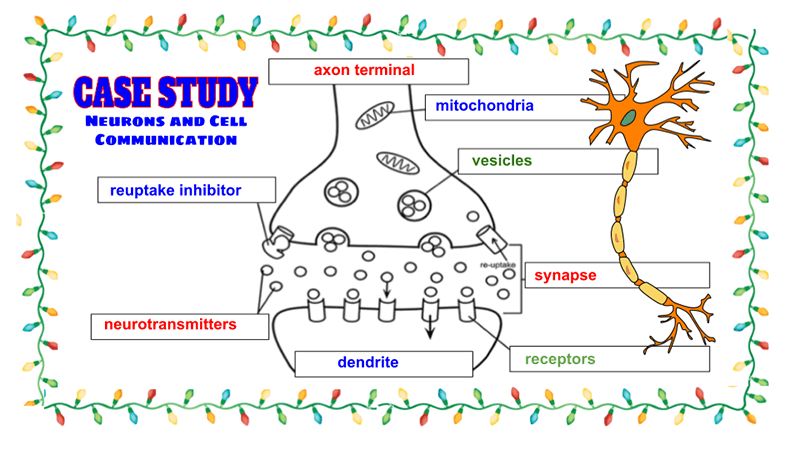
Case Study: Neurons and Cell Communication
A case study for anatomy students to learn about neurons and multiple sclerosis. Students read the case, label diagrams, and answer questions.
